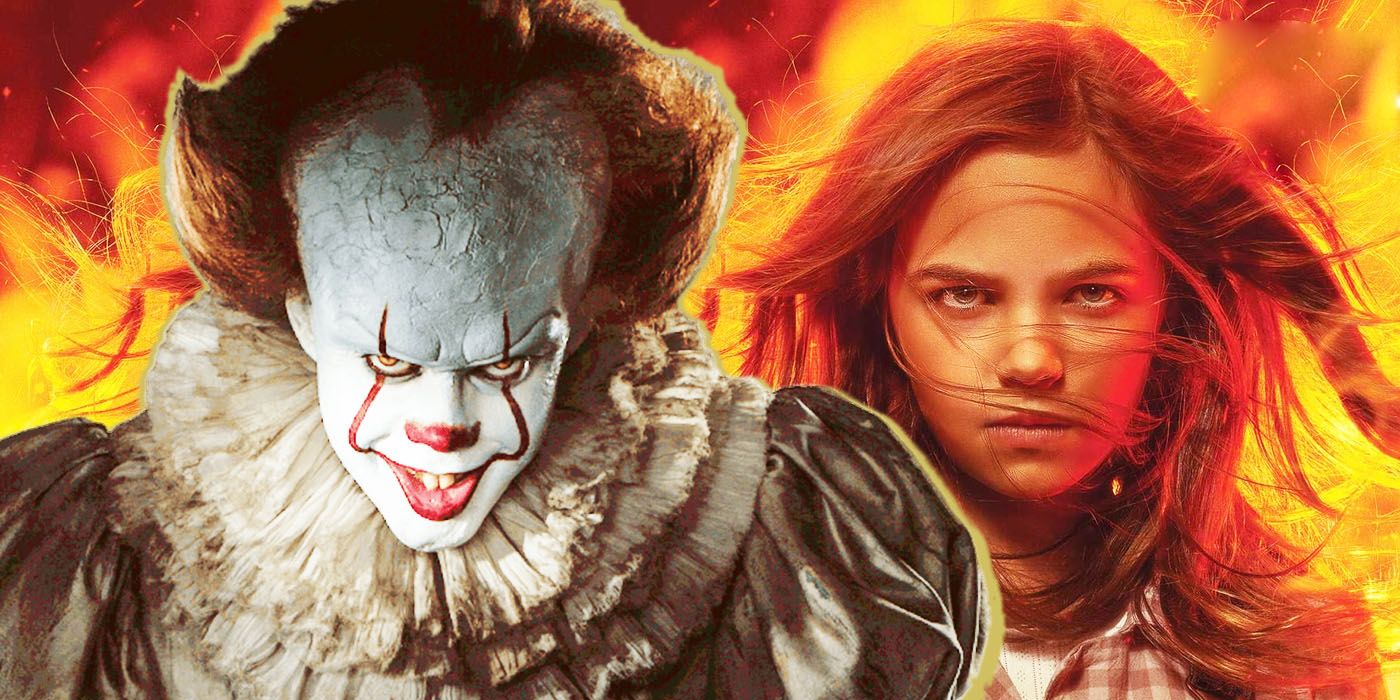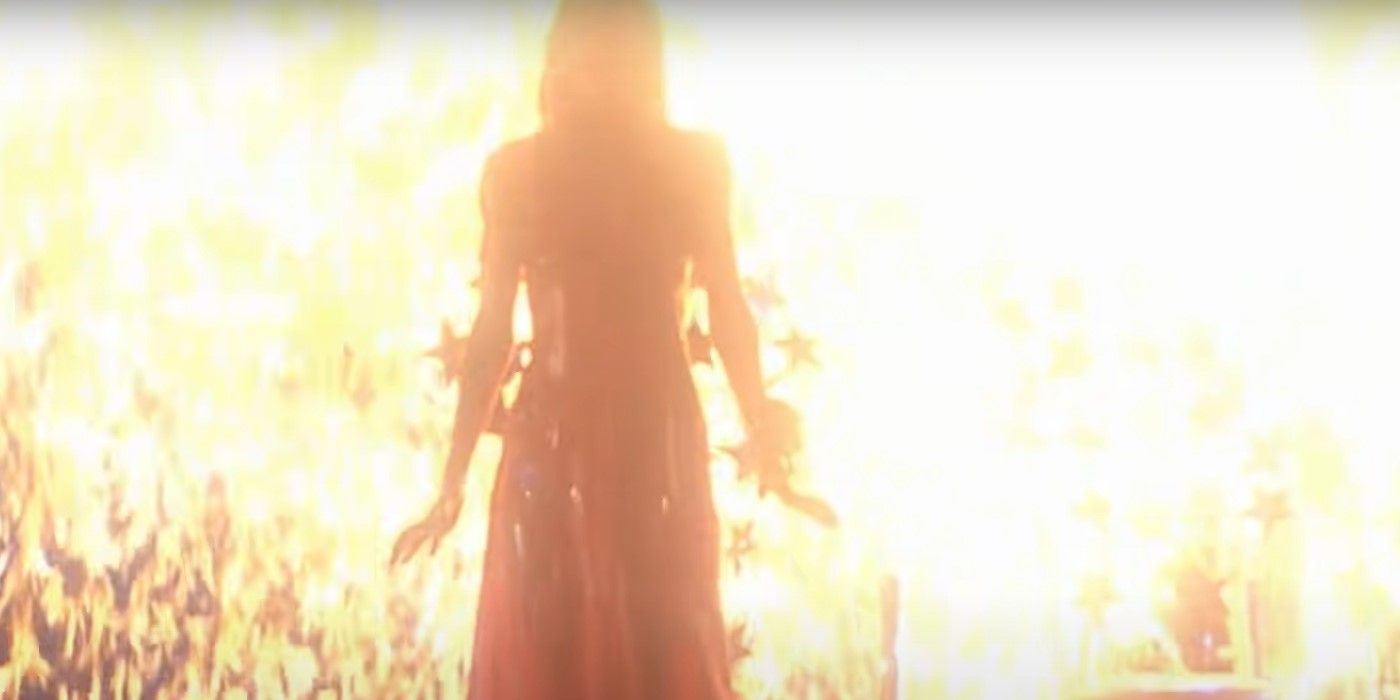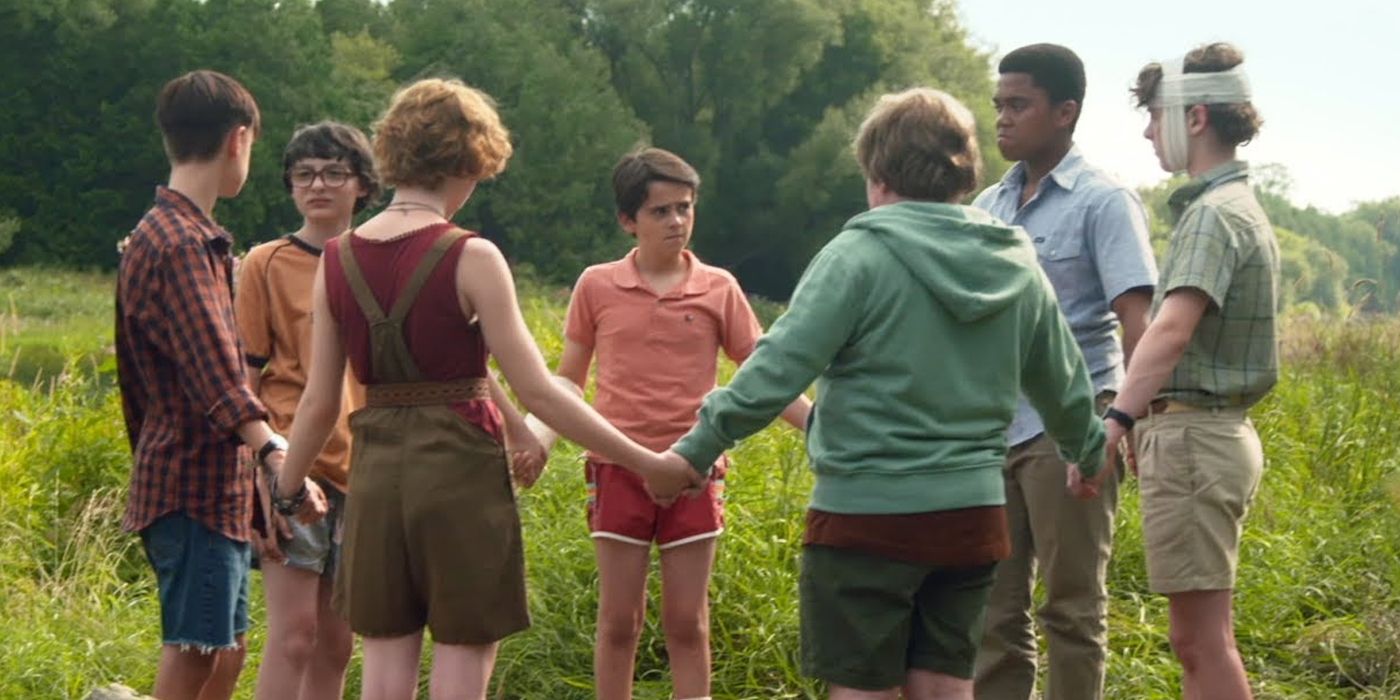Stephen King has been hailed as the "master of horror," and for good reason. From his earliest publications in the '70s redefining the impact of horror literature in pop culture to the subsequent iconic films adapted from his works in the late '70s and early '80s to his still absolutely prolific literary output to this day, King has now left his mark on over six decades of horror storytelling. But for all the praise he receives, one element of King's legacy, whose praise has gone largely unsung, is his unique gift for taking often cliché or trite storytelling devices and revitalizing them with passionate emotion and genuine terror. And nowhere is this more apparent than in his absolute mastery of the bully scene.
While King's latest adaptation, Firestarter, looks to neither be a hit with critics nor audiences, it did get Stephen King's explicit blessing. So what makes Firestarter special to King? Well, for one, despite all of its shortcomings, it delivers on the old King tradition of making the bully scene feel dangerous.
Stephen King Makes Bullies Terrifying
Bullies are a well-worn tradition of adolescent storytelling. Whether it be Biff in Back to the Future, Flash Thompson in Spider-Man or Regina George in Mean Girls, a teenage protagonist is all but guaranteed to face an antagonistic force at their school. Often, a bully scene is just a blunt tool; a scene that effectively establishes that the protagonist has someone who picks on them at school and provides some quick conflict during the first act and then almost inevitably reappears for some payoff down the road. And to most storytellers, all the initial bully scene really is is the perfunctory setting of the stage for that later payoff. It often consists of the bully lobbing just enough insults at the hero to make sure the audience knows that they should be rooting for the hero. But what makes King's storytelling really stand out here is that he asks the simple question: what if the bully scene were authentically terrifying?
Because bullying is terrifying. King's stories are full of the supernatural, but what makes them so monolithic in their impact is the humanity at their core, and it is very much the same for these bully scenes. The opening scene of Carrie, King's first novel, isn't some high-concept horror setpiece but instead a scene of a poor, painfully sheltered girl being berated and belittled in a girl's locker room when she gets her first period. In chronicling Carrie's struggle here, King does not have to introduce any extraneous elements to make it scary; he simply taps into the raw authenticity and vulnerability of what it feels like to be bullied. Whereas many storytellers almost seem to look at a bully scene somewhat dismissively, King sees the inherent danger and adeptly understands just how quickly a scenario such as this can spin out of control and leave lasting consequences.
Adapting Stephen King's Unspeakable Horrors to Film
King's mastery of these scenes makes it all the more fascinating to see how filmmakers tackle them and translate them to film. Brian De Palma's adaptation of Carrie features that absolutely harrowing opening recreated with aplomb, but it is undoubtedly the prom-set finale that shows De Palma truly tapping into what King delivers so exquisitely. Witnessing Carrie begin to open up and really flourish for a brief moment at the dance makes her subsequent downfall at the hands of her bullies so absolutely excruciating because De Palma forces the audience to feel that pain alongside her.
Similarly, both John Carpenter's Christine and Andy Muschietti's It feature genuinely upsetting scenes of bullying going too far that feel pulled straight from King's pages. Each of these instances sees the protagonist cornered by a group of bullies, whose antagonizing starts out as innocent enough but gradually escalates to life-threatening situations. Whether it's Buddy Repperton or Henry Bowers holding the knife, both of these scenes so palpably demonstrate one of King's defining principles: mundanity can turn into high-stakes horror if treated with the gravitas it deserves.
In Firestarter, when Charlie is bullied at school, she accidentally uses her pyrotechnic abilities in a state of rage and blows up a bathroom stall. In a somewhat inspired wrinkle, this leads to the faculty of the school reacting to it as a bomb threat. This takes the by-the-numbers bully scene and adds stakes to it while also rooting the consequences of this supernatural act in a tangible here-and-now. In other words, it's exactly the kind of storytelling King has been making look so effortless for decades.
Bully scenes are a dime-a-dozen in stories of adolescence, but so many of them feel so hollow. By treating these scenes with the weight they deserve, King captures the unspeakable terror of feeling so personally exposed, and his work is all the better for it.
Firestarter is now in theaters and streaming on Peacock.



